Biolaminin 521 CTG (CT521)
Full-length human recombinant laminin-521
Biolaminin 521 CTG is a full-length laminin-521 substrate designed for clinical cell applications. Laminin-521 is the natural laminin for pluripotent stem cells, reliably facilitating ESC and iPSC self-renewal in a chemically defined, xeno-free stem cell culture system. It also uniquely promotes the identity and growth of many tissue-specific human cell types. CT521 is animal origin-free to the secondary level.
This clinical-grade product supports scientists throughout their stem cell therapy development process to commercialized therapy.
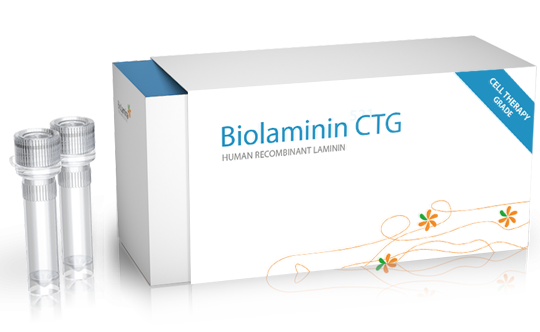
Biolaminin: The only full-length laminin proteins on the market
Biolaminin 521 CT (Cell Therapy Grade; CT521-02 and CT521-05) comprises full-length, human recombinant laminin-521 protein, a cell culture matrix designed for robust cultivation of human pluripotent stem cells (hPSCs) for clinical applications. As an inherent stem cell niche protein, full-length laminin-521 provides a biologically relevant environment leading to improved survival and efficient growth from single-cell cultures to large-scale production.
Learn more about full-length laminins:
The matrix to trust for your stem cell therapy success
Successful pluripotent stem cell therapy requires reproducibility, global regulatory compliance, and most importantly, the generation of truly functional clinical cells. Biolaminin®, the only full-length laminin substrate, excels in supporting all these aspects.
Controlled differentiation with tissue-specific laminin
Beyond its fundamental role in sustaining stem cell cultures, laminin-521 also augments cell differentiation, fostering the maturation, polarization, and organization of specialized cell types. It stands as the preferred option for culturing a set of primary cell types given its natural occurrence in tissues such as the nervous system, pancreas, and eye.
Supporting your clinical cell production process from research to commercialized therapy
The Biolaminin MX and CT laminin-521 products are designed for translation with comprehensive regulatory documentation.

Recommended applications
Whatever your research aim is, you need a culture substrate that guarantees the highest cell quality and yield. Read more about the related cell applications.
-
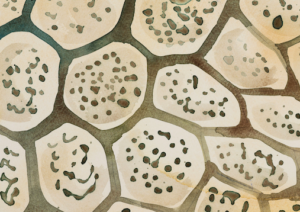
Clinical applications and large-scale cell production
Biolaminin substrates for large-scale manufacturing and clinical use Scaling up high-quality cell production for clinical needs A scalable system for […]View application -
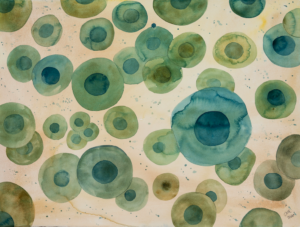
Pluripotent stem cells
Biorelevant culture of human ES and iPS cells on Biolaminin substrates Biolaminin 521 successfully replicates the genuine human stem cell niche […]View application -
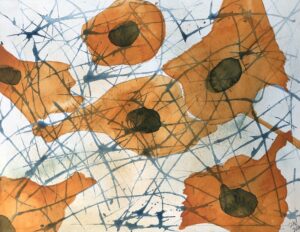
3D culture
Biosilk and Biolaminin key advantages 3D cell culture and organoid formation 3D culture systems for disease modeling, drug screening, and […]View application -
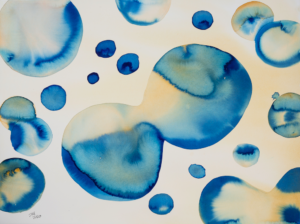
Clonal stem cell culture
Biorelevant clonal stem cell culture on Biolaminin substrates Biolaminin 521 successfully replicates the genuine human stem cell niche in vitro […]View application -
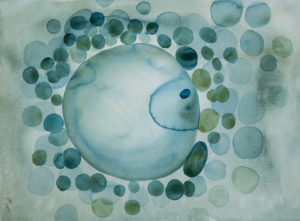
iPSC reprogramming and expansion
Reprogramming and expansion of human iPS cells on Biolaminin substrates High-efficiency iPSC reprogramming and expansion on Biolaminin 521 Human recombinant Biolaminin […]View application -
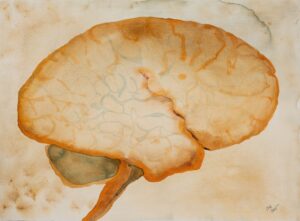
Neural cells
Biorelevant culture of neural cells on Biolaminin substrates Laminins are widely expressed in the nervous system and are essential for […]View application -
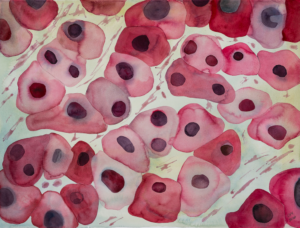
Hepatocytes and hepatoblasts
Biorelevant culture of liver cells on Biolaminin substrates Several laminins play a vital role in liver progenitor cell-mediated regeneration The […]View application -
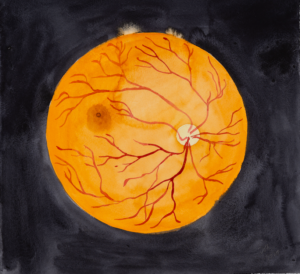
Eye cells
Biorelevant culture of eye cells on full-length laminin-521 Laminin proteins are integral components in the eye microenvironment Biolaminin products have […]View application -
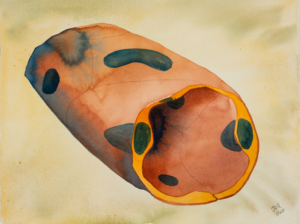
Endothelial cells
Biorelevant culture of endothelial cells Biolaminin isoforms for vascular endothelial cell culture Endothelial cells that make up the vascular network […]View application
Key features
Key benefits
The instructions include recommendations for transfer, passaging, thawing, and cryopreservation of hPSCs on CT521.
Important notes
Preparation and handling
- Perform all procedures under sterile conditions using aseptic techniques.
- Minimize exposure of the protein to ambient temperatures.
Storage and stability
Laminin stock solution storage
- Store the frozen laminin stock solution at -20°C to -80°C for long-term stability. Refer to the product-specific Certificate of Analysis (CoA) for detailed shelf-life information.
- Avoid repeated freeze-thaw cycles.
- For long-term storage of thawed stock solution, dispense into working aliquots and store at -30°C to -80°C. Thawed, undiluted Biolaminin stock remains stable for 3 months at +2°C to +8°C.
Coated plate storage
- Store coated plates aseptically at +2°C to +8°C for up to 4 weeks. Do not let the surface dry.
Regulatory support
- The CT521 product comes with supporting documentation, including a Certificate of Analysis (CoA) and an Animal Origin-Free Statement, to assist with regulatory filings.
- The product is animal origin-free to the secondary level, according to ISCT guidelines, with full traceability of all materials used in the production process.
Cell culture setup
- Use appropriate culture media and dissociation reagents to create fully defined, animal component-free protocols.
- Ensure high-quality cells when transferring to the CT521 matrix.
- Some human pluripotent stem cell (hPSC) lines may require an adaptation period when transitioning to the CT521 matrix before implementing single-cell passaging protocols.
- Once adapted, hPSCs can be routinely cultured as single cells without the need for ROCK inhibitor (ROCKi).
Usage Disclaimer
For research use or manufacturing of cell, gene, or tissue-based products. Manufacturing of commercial products requires express written permission from BioLamina
Troubleshooting
Biolaminin plate coating
An uneven cell spread is often a coating issue and could be caused by the following:
- Low coating concentration: Ensure the laminin coating concentration is high enough to support even cell growth. Increase the concentration if necessary.
- Poor coating coverage or plate drying: Confirm that the entire surface is covered with the laminin coating solution when preparing fresh plates. Avoid drying out the plate, as this will inactivate the laminin. Prolonged time in the incubator or long storage without proper sealing can cause evaporation, leading to localized drying, often in the center of the plate.
hPSC splitting and seeding
- We recommend single-cell passaging or passaging as small clumps.
- Enzymatic treatment: Stem cells are sensitive to enzymes. Avoid over-treatment, as it can damage the cells.
- Less confluent cells need shorter treatment times.
- More confluent cells might need longer treatment times.
- Cells should detach easily with minimal pipetting. Avoid excessive mechanical force (like extensive pipetting or scraping); instead, increase the dissociation reagent incubation time if needed.
- Cells attach more tightly to laminin compared to some other matrices. If cells adhere too firmly, try lowering the coating concentration.
After seeding
- Most cells should attach within 1 hour and be evenly distributed across the plate. Significant cell death at this stage usually indicates the cells were handled too harshly during splitting.
- The day after seeding, cells should have migrated and begun forming small colonies, which will continue to expand into a homogenous monolayer.
- hPSCs cultured on the Biolaminin 521 matrix are typically ready for passaging at 60-99% confluence. Depending on the cell line, seeding density, and medium used, cultures are generally passaged 3-6 days after seeding.
Product name
Biolaminin 521 CTG
Product code
CT521
Declaration
For research use or manufacturing of cell, gene, or tissue-based products*
* Manufacturing of commercial products need express written permission of BioLamina.
Documents
Storage
-20°C to -80°C
Concentration
0.1 mg/ml
Appearance
Clear, colorless solution with a pH of 7.5 with 20mM HEPES, 0.25M NaCl, 10% glycerol
Shipping condition
Dry Ice
Protein name
Laminin-521 (Laminin-11)
Classification
Animal origin-free, human recombinant protein
Product application
Culture of human embryonic and induced pluripotent stem cells (hESC and hiPSC), mesenchymal stem cells (MSC) and most anchorage-dependent progenitor cell types. Differentiation and maintenance of specialized cells, such as hepatocytes, cardiomyocytes, and neurons.
Clonal culturing of human embryonic stem cells on laminin-521/E-cadherin matrix in defined and xeno-free environment
Rodin S., Antonsson L., Niaudet C., Simonson O.E., Salmela E., Hansson E.M., Domogatskaya A., Xiao Z., Damdimopoulou P., Sheikhi M., Inzunza J., Nilsson A.S., Baker D., Kuiper R., Sun Y., Blennow E., Nordenskjöld M., Grinnemo K.H., Kere J., Betsholtz C., Hovatta O., Tryggvason K.
Nature Communications, 2014
Monolayer culturing and cloning of human pluripotent stem cells on laminin-521 based matrices under xeno-free and chemically defined conditions
Rodin S., Antonsson L., Hovatta O., Tryggvason K.
Nature Protocols, 2014
a-5 Laminin Synthesized by Human Pluripotent Stem Cells Promotes Self-Renewal
Laperle A., Hsiao C., Lampe M., Mortier J., Saha K., Palecek S.P., and Masters K.S.
Stem Cell Reports, 2015
Laminin 521 stabilizes the pluripotency expression pattern of human embryonic stem cells initially derived on feeder cells
Albalushi H., Kurek M., Karlsson L., Landreh L., Rós Kjartansdóttir K., Söder O., Hovatta O., Stukenborg J-B.
Stem Cell International, 2017
Niche-derived laminin-511 promotes midbrain dopaminergic neuron survival and differentiation through YAP
Zhang D., Yang S., Toledo E.M., Gyllborg D., Saltó C., Villaescusa J.C., Arenas E.
Sci Signal. 2017
Size guide
Not sure how much laminin you need? To make it easy, we have created a tool where you can calculate the amount needed for your experiments. Just choose culture well format and fill in the desired coating concentration to see the amount required.